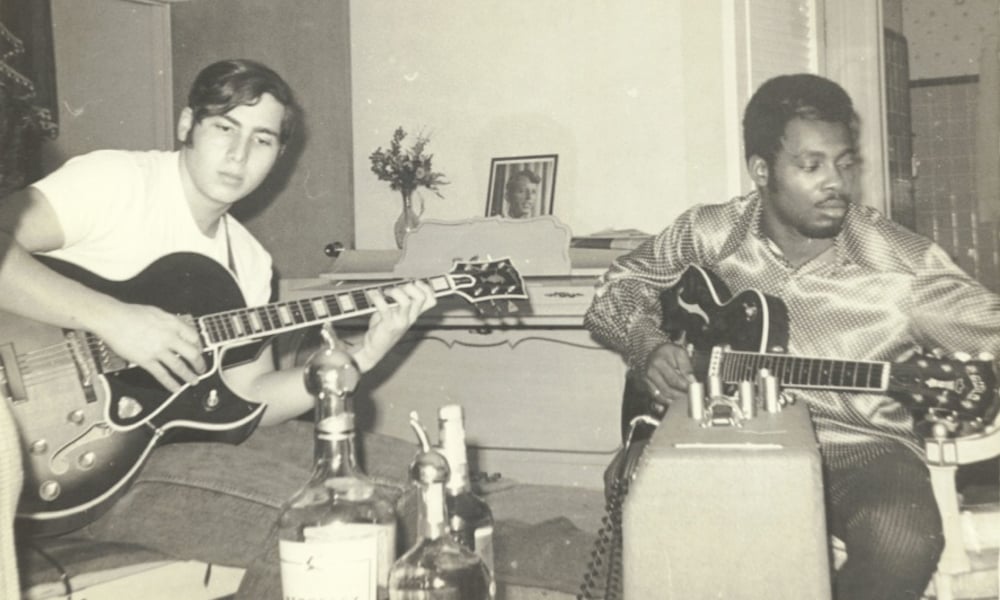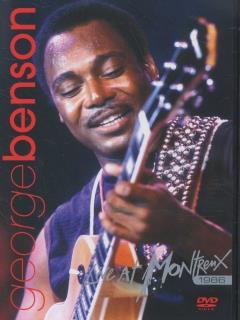

If you turn your toms around where they’re not left to right-go right to left instead-or put up a different cymbal, things will sound different. When you add different things to your kit in different places it brings out different colors. I keep the alternate snare drums on my left side. I use those to add some different colors and some spark. I’ve been using two and three snare drums with Fourplay for years, usually in the same song. Harvey: I’m playing Gretsch on the record with four different snares: Canopus, Singerland Radio King, Brady 10″, and Noble & Cooley 5.5×8. I’m trying to augment the melody and solidify the rhythm and find some sort of inside rhythm, rather than necessarily just playing 2 and 4 all the time. Trying to do it in a melodic way, even though there are no real pitches on the drums.

Harvey: I’m interpreting the song on the drumkit. That’s why things may come out sounding a little bit differently than they do with other people. I’m motivated and inspired by music, and that’s what inspires me to play. I am always trying to find the music in the drums I’m thinking musically and harmonically and melodically and not thinking as much rhythmically. I am more motivated by music than by drums. Harvey: Just trying to make music on the drums and looking for something interesting to play.

MD: What is the essence of your style and sound? It’s the same music but with three new tunes and some drum solos that don’t appear on the U.S. I eventually saw it his way and went with the moment. I wanted to move past that era and make it a little more modern, but the A&R man at Concord loved the project and didn’t want it to go modern. So I had the idea that I should record that music. So I took my Chameleon band there a couple years ago to play the music I played with Herbie Hancock but never had a chance to record. Harvey: I have played in Japan often the people there have always been very receptive to Fourplay and my other bands. MD: How did your new album, Chameleon, come about? Highlights include opener “Black Frost,” a slippery slow-funk jam the lithely pulsing “Montara,” complete with delicate snare drags and crisp snare/tom punctuations the grittily dense “Looking Back” an extended drum solo, “Studio Life (Hold It One Second)” and the popping backbeat workout “Mase’s Theme.” Here, as a companion to our August 2014 Influences piece on Mason, we speak with the drummer about his new album, his early days, the drummers who inspired him, and more. But then, smooth jazz has always suited L.A.’s endless sunshine, traffic jams, and beach-blanket blondes.Īs deeply funky a record as Mason has made, Chameleon beautifully documents Harvey’s compositions and drumming. jazz’s brightest young talents, Chameleon is light years from the smooth-jazz finery that Los Angeles residents often favor. Accompanied by an assembled group of L.A. Now, given that Herbie Hancock’s Head Hunters is considered the album that put Mason’s career on its upward trajectory, Harvey revisits his classic jazz-funk past on an album titled Chameleon, after the classic Hancock track (which Mason cowrote with the keyboardist).

smooth-jazz quartet Fourplay, and continues to record with artists from Beck and Beyoncé to Bob James, Britney Spears, John Legend, Jennifer Hudson, and Seal-and that’s not even including his live gigs!
#Breezin george benson movie movie#
Mason has recorded many solo albums (including Marching in the Street, Earth Mover, Funk in a Mason Jar, Groovin’ You, M.V.P., Stone Mason,and Ratamacue), has played on hundreds of movie soundtracks, was a founding member of the L.A. Mason’s golden ’70s period includes Herbie Hancock’s Head Hunters, Donald Byrd’s Black Byrd, Seals & Crofts’ Diamond Girl, Bob James’ Three, Randy and Michael Brecker’s The Brecker Brothers, Bill Withers’ Making Music, George Benson’s Breezin’, and the Brothers Johnson’s Look Out for #1, Right on Time,and Blam! Somewhere between Lenny White’s intricate fusion and Steve Gadd’s precision pocket, Mason brought his own blend of soul, style, and flow for perfect whisper-funk smoothness. Harvey Mason’s classic 1970s-era session work comprises some of the most soulful jazz, pop, and R&B recordings ever cut to vinyl.


 0 kommentar(er)
0 kommentar(er)
